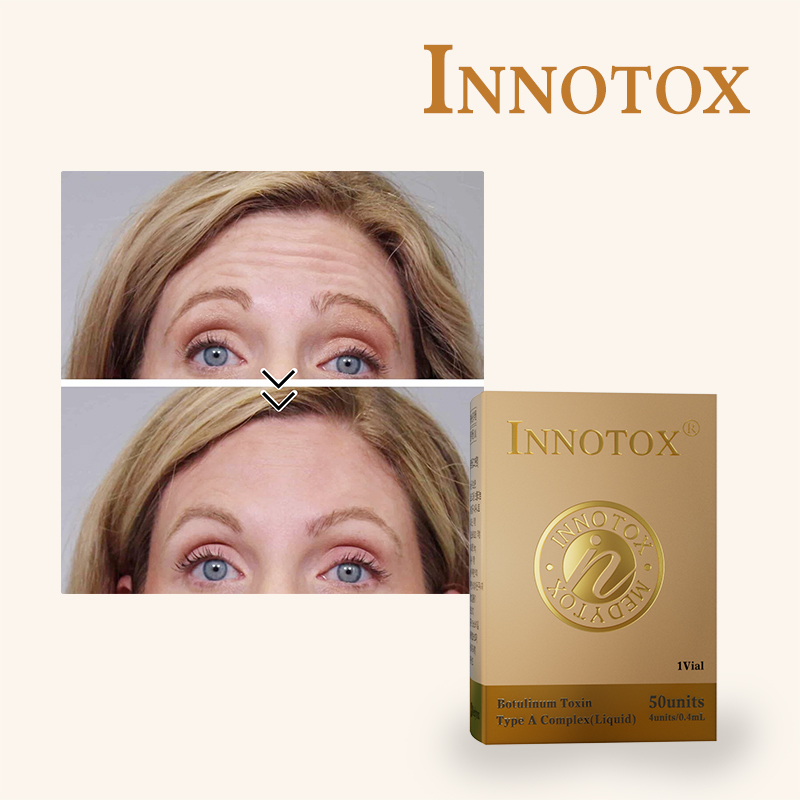











Botulinum Toxin, also called Botulinum Toxin , has applications in several aspects of cosmetology. Injecting a muscle with Botulinum Toxin helps block the nerve signal to that muscle.
This signal block results in the muscle’s inability to contract, eradicating skin wrinkles and making skin smoother. The shelf life of Botulinum Toxin is not really long, moreover, Botulinum Toxin storage after reconstitution is even less, so storing it properly is important.
But many don’t know how to store Botulinum toxin. Well, no worries! Keep as we provide you with great guidelines on different ways to store Botulinum Toxin and shipping precaution tips.
Botulinum Toxin is the most popular cosmetic injectable in the U.S. and around the world. Clients ask for it by name, and it is not cheap. For small clinics with low volume, even one vial of wasted Botulinum Toxin can be a blow to the bottom line.
According to Allergan, its manufacturer, you should always keep Botulinum Toxin in the refrigerator, at 2° C to 8° C, or in the freezer, below 5° C. With a 36-month shelf life from its manufacturing date, this seems simple enough. However, when errors occur, you may be wondering if there is a way to avoid wasting these expensive vials.
Getting this range constantly requires using a dedicated medical refrigerator as regular household refrigerators do not cut it. Medical refrigerators are equipped with state-of-the-art thermometers that are powered by smart technology. The thermometers measure the temperature inside the refrigerator and that of the products stored inside.
This way, they can detect a variation in the set temperature of either the refrigerator or the stored products. If they sense a variation - whether a fall or rise above the required range - an alarm sounds that draws attention to the variation. Thus, you can intervene and ensure that your Botulinum Toxin does not suffer temperature-related damages.
While medical fridges are capable of maintaining a very specific temperature range, products must also be stored correctly if they are to be kept in a usable condition within the four week time frame.
To do this, cosmetic products should have 1cm of space left between them and products should not touch the back or side of the fridge, as this can lead to freezing.
The medical fridge should also never be more than 75% full, and Botulinum Toxin should be kept in its packaging to prevent light damage from occurring, especially if the fridge has a glass door. Allowing light to penetrate the Botulinum Toxin can lead to a loss of potency and can result in ineffective results.
Fridge cleanliness is also important too. External surfaces such as handles should be wiped down daily, while the inside of the fridge should be fully cleaned twice a month to help avoid any cross-contamination.
Now that you know what temperature to store Botulinum Toxin at, here are a few more tips to help in their storage:
Don’t overfill the refrigerator – depending on the size of your refrigerator and what items you place inside, packing too many items at once can cause the temperature to fluctuate. At most, it is recommended to keep your refrigerator only 75% filled.
Keep the boxes/bottles away from the walls of the refrigerator – The refrigerator’s walls can be colder than the general temperature. Putting the boxes or bottles too close may cause these to freeze.
Keep Botulinum Toxin vials in their box to prevent exposure to light
Make sure you are able to monitor the temperature of the refrigerator at all times – consistently check the temperature of your refrigerator to make sure it stays within the ideal conditions. Most medical-grade refrigerators have smart functionality that will allow you to see the temperature at any time and some may even alert you if it falls outside desirable levels.
Arrange your Botulinum Toxin vials by manufacturing date so you know which ones will need to be used up first. Any leftovers from reconstituted vials should be used up first before opening a new vial (given that these were stored properly once reconstituted at around 4℃).

That’s right. As mentioned earlier, studies showed that reconstituted Botulinum Toxin stays effective for up to 4 months as long as it is stored at a temperature of less than 4℃. A single patient will most likely use up less than half of a 100U Botulinum Toxin vial, so knowing that we can reuse the leftovers is good news for practitioners and can save them hundreds of dollars.
However, the same study also warned about the risk of contamination when withdrawing from the same vial multiple times. These risks can be kept low to insignificant as long as the rubber stopper on the vial does not have significant damage and proper technique is used in withdrawing from the vial.